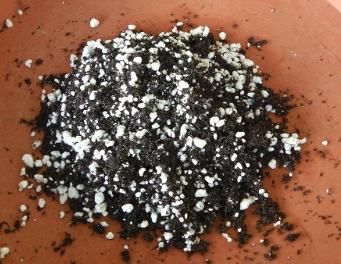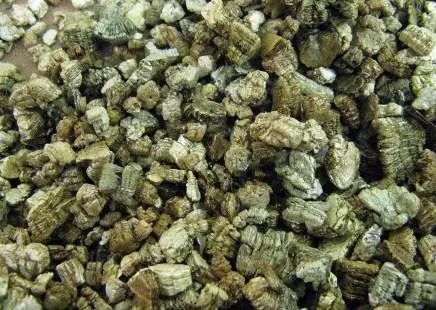Perlite is one of the best ways to enhance the quality of potting soil and multi-purpose compost – tomato plants love it!
It is a volcanic rock material that when heated to around 900 degrees C, expands to thirteen times its own volume. It’s a bit like very small white popcorn and full of tiny holes that absorb moisture and trap air.

Moisture and air in the root zone is essential for healthy root growth.
It absorbs around five times its own weight in water and does not compact or break down, though larger crumbs can be rubbed between the fingers into smaller pieces if required – if used for small seedlings for example.
It is excellent when mixed with soil for seedlings or added at any potting-on stage.
For final position planting its qualities, when added to soil, will improve plant health and increase the yield of tomatoes produced.
Why Aerated Soil Is Good For Growth
Increasing the amount of oxygen in the root area also increases the rate of respiration – turning oxygen and sugars into energy for growth. More on respiration relating to tomato plants can be found here.
Perlite has been used by professional growers in bags – rather like the traditional soil grow bag. However, most growers these days use rockwool.
Using Perlite
A mix of 25% perlite and 75% soil is good for potting-on.
Any amount added to potting soil will improve growing conditions but a 50-50 mix is ideal.
The only disadvantage is that perlite on the soil surface can attract algae turning the white perlite into a green colour over time.
Vermiculite is pieces of mica that look like crumbs of shiny cork.

It’s very good at holding moisture and air and suitable for seedlings and young plants in small and medium size pots.
Although it can be used in a final position mix for mature plants, it can break down and compact over time, so losing its porous properties.
Like perlite, it is ideal to mix with soil in hanging baskets where weight and water holding ability is an issue.
Using Vermiculite
It can be mixed 50-50 with seed compost for seeds and cuttings. For larger seedlings a mix of 25% vermiculite and 75% soil is good.
It can also be used in a mix with perlite and soil at a third each for seed sowing and seedlings.
Pot Size
Because of the superior moisture and aeration holding properties of perlite and vermiculite, pot sizes can be reduced.
For example, a pot containing 5 gallons of soil can be replaced with a 3 gallon pot of 50-50 soil/perlite – other growing conditions being equal.
This helps to offset the cost of the more expensive perlite, by reducing the overall quantity.
Just about every combination of soil, perlite and vermiculite is regularly used by gardeners everywhere.

